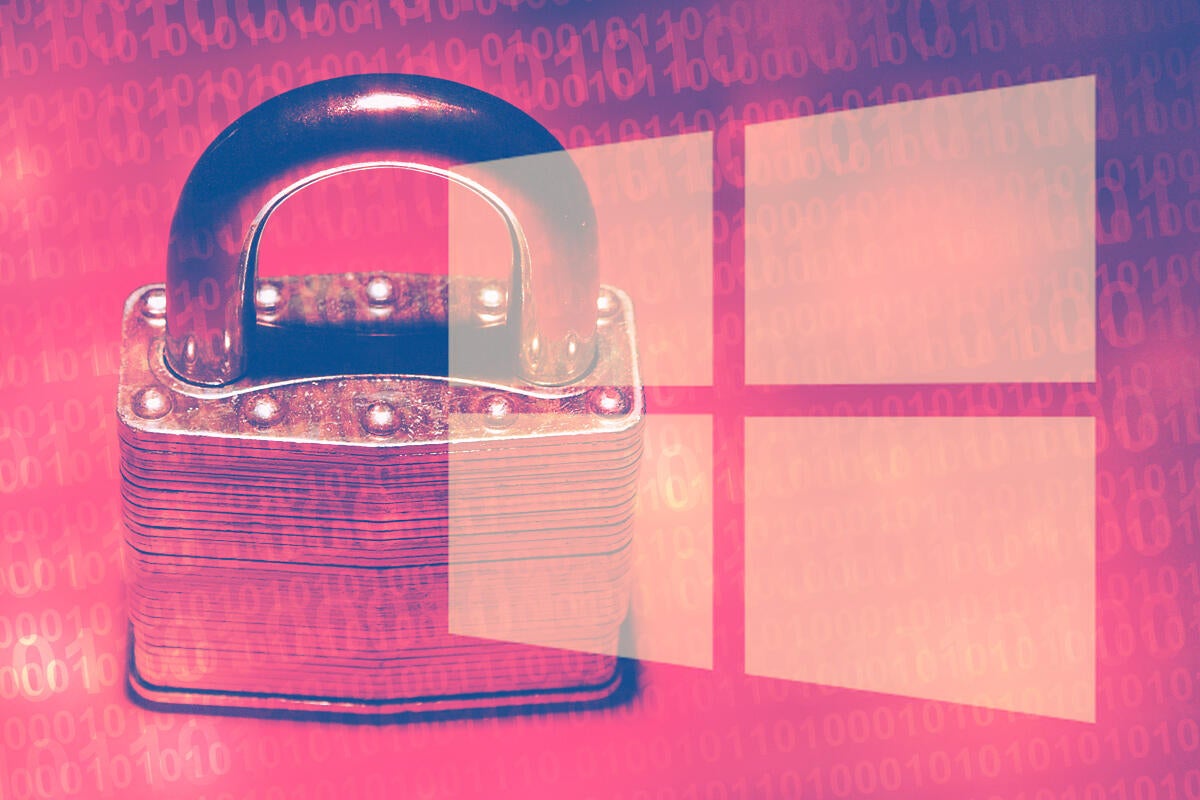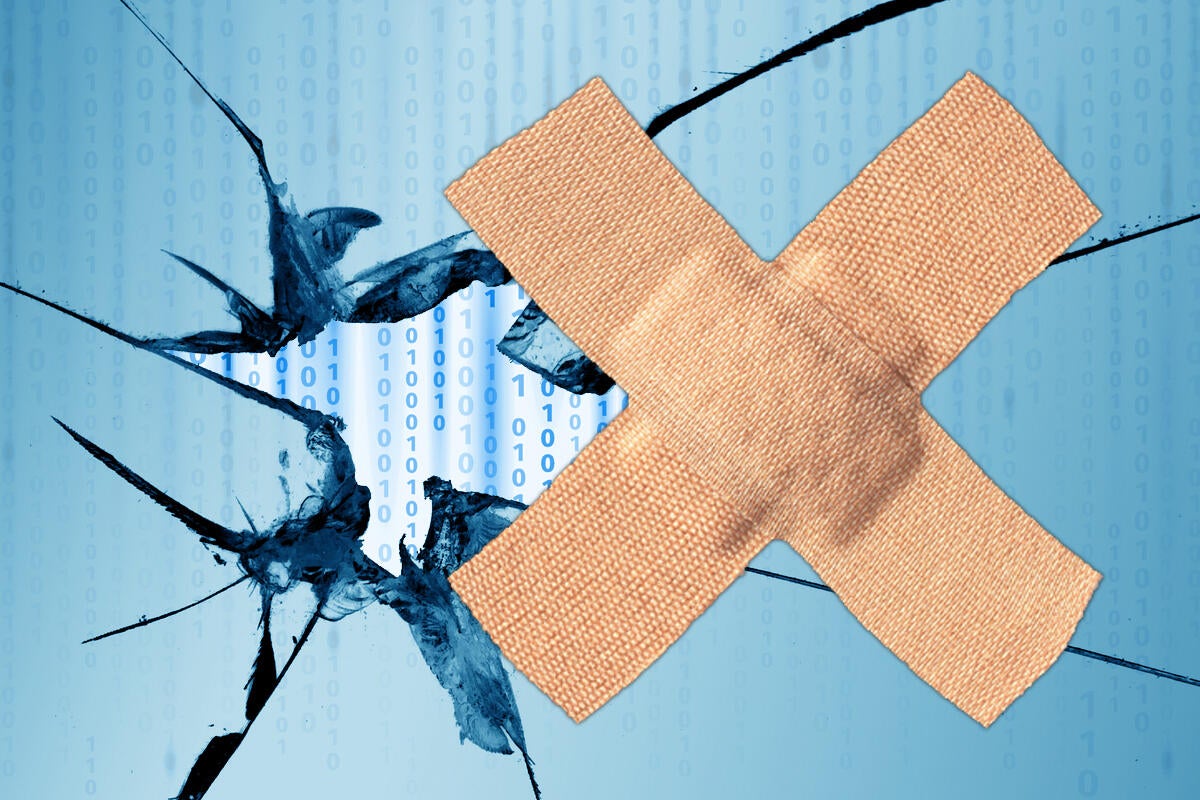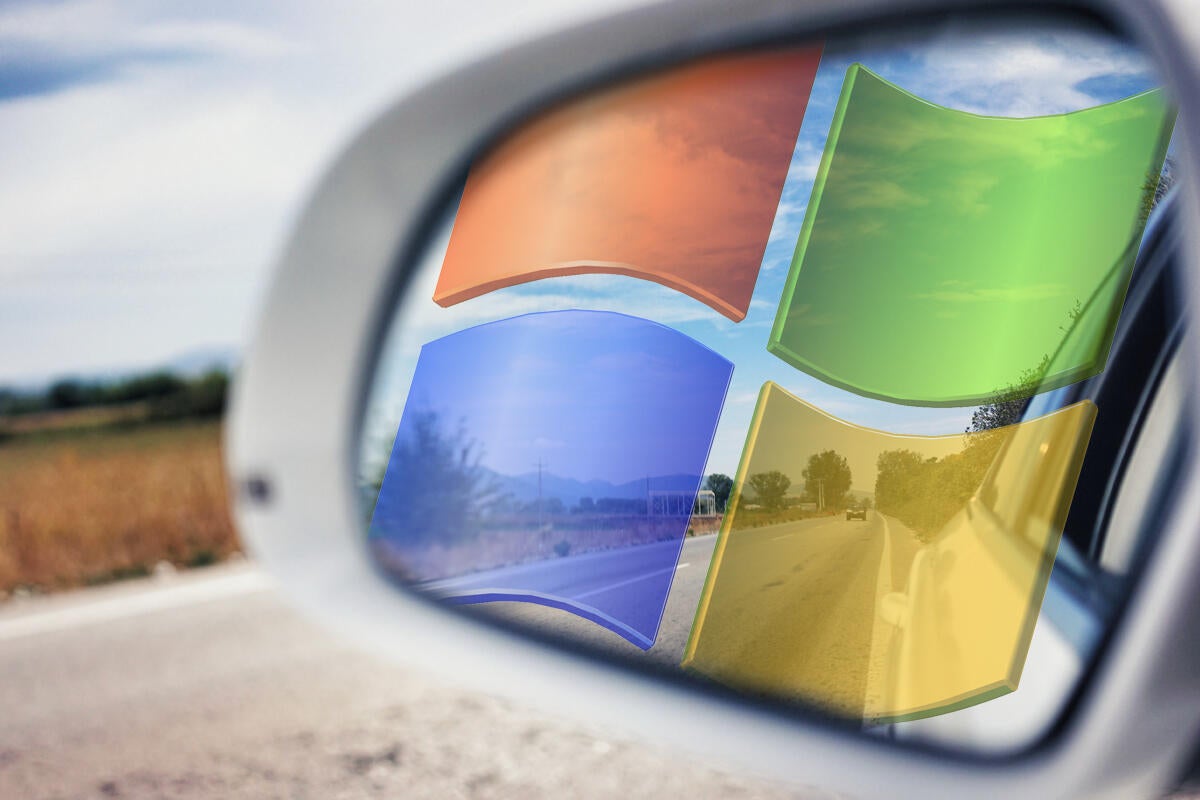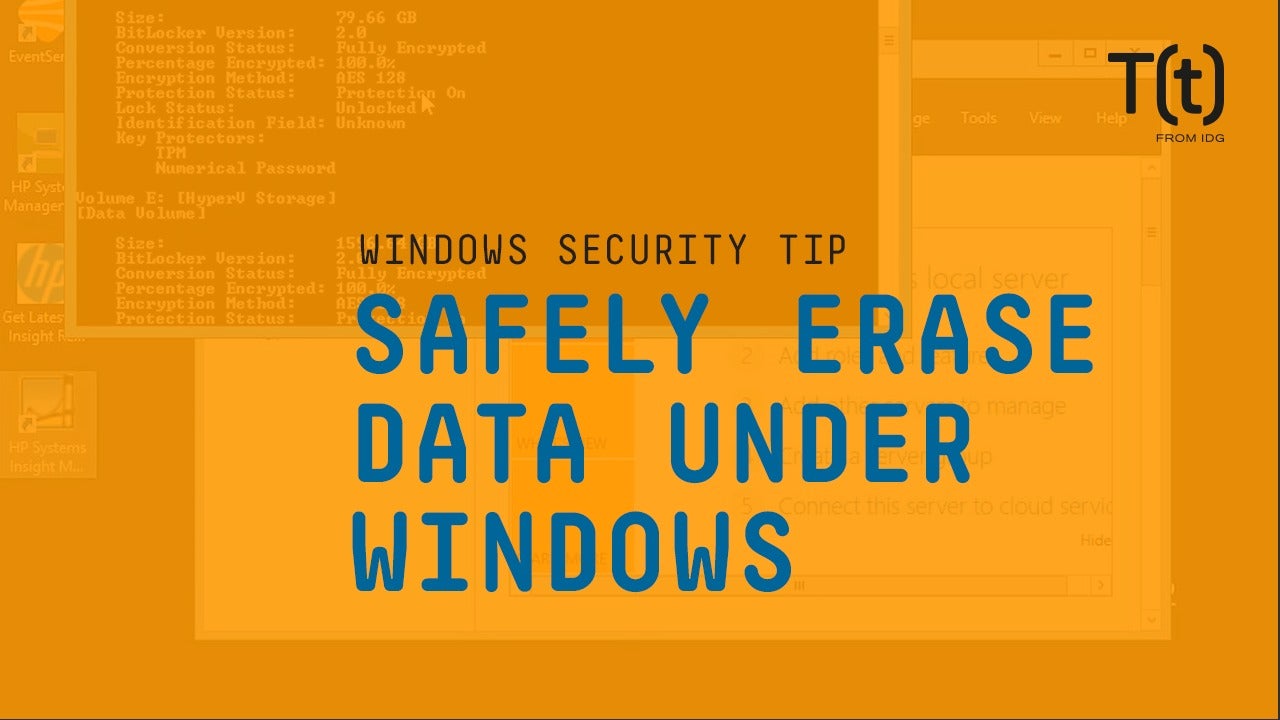You may recall the Keystone Kops reenactment that goes by the code name CVE-2019-1367. In short:
Sept. 23: Microsoft released the CVE-2019-1367 bulletin, and published Win10 cumulative updates in the Microsoft Catalog for versions 1903, 1809, 1803, 1709, 1703, Server 2019 and Server 2016. It also released an IE rollup for Win7, 8.1, Server 2012 and Server 2012 R2. Those were only available by manual download from the Catalog — they didn’t go out through Windows Update, or through the Update Server.
Sept. 24: Microsoft released “optional, non-security” cumulative updates for Win10 version 1809, 1803, 1709, 1703, 1607/Server 2016. Nothing for Win10 version 1903. We also got Monthly Rollup Previews for Win7 and 8.1. Microsoft didn’t bother to mention it, but we found that those Previews include the IE zero-day patch as well. This bunch of patches went out through normal channels — Windows Update, Update Server — but they’re “optional” and “Preview,” which means most savvy individuals and companies won’t install them until they’ve been tested.
To read this article in full, please click here








